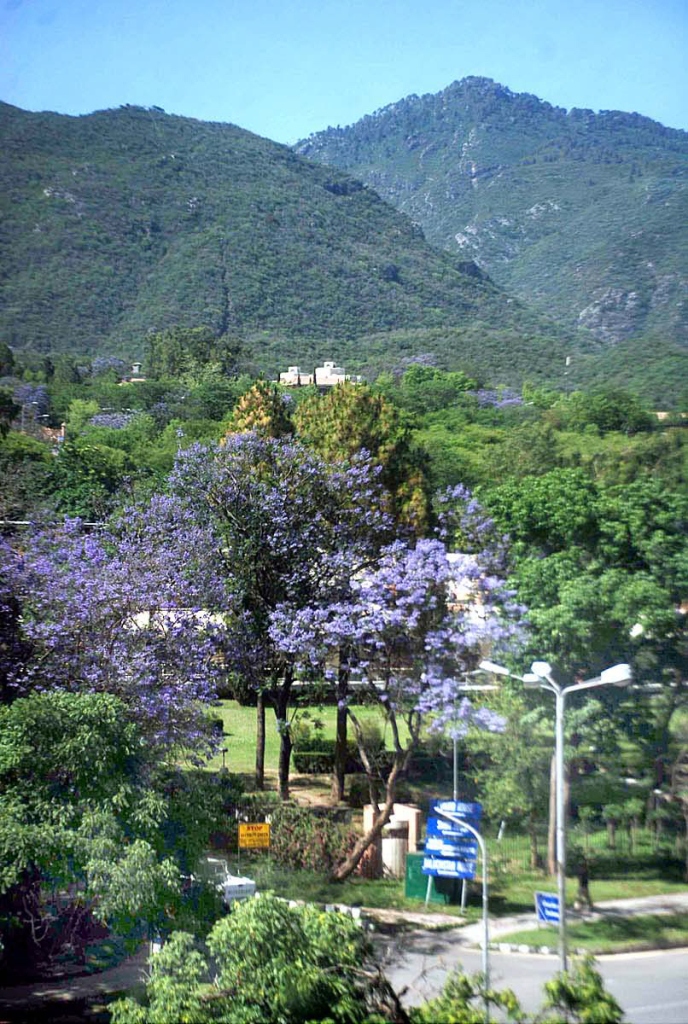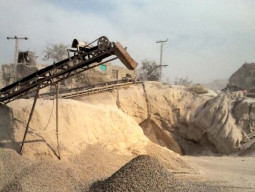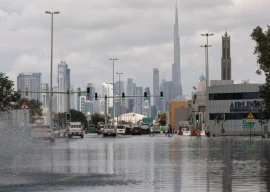
Private settlements, quarries, construction of roads, water contamination and introduction of exotic plant species are some of the factors affecting biodiversity in Margalla Hills National Park (MHNP).
“Illegal construction and encroachments by individuals and private housing societies, quarries and cutting of trees are not only disturbing the ecological system, but also robbing MHNP of its natural beauty,” Climate Change Ministry Biodiversity Director Naeem Ashraf Raja told The Express Tribune.
The Margalla Hills were transferred to the Capital Development Authority (CDA) and were given the status of a wildlife sanctuary in 1960, and was designated as a National Park in 1980 under Section 21 of the Islamabad Wildlife Preservation, Protection and Management Ordinance 1979.
The Margalla Hills range spreads over 12,605 hectares. The elevation in the Margalla Hills range varies from 600 metres in Taxila to 1,604 metres in Narias. Typical limestone formation with southern aspect, gives rise to trees of sub-tropical broad-leaved evergreen forest including Phuli, Kau, Grunda Snath, Chir-pine and Shah Bloot.
The range supports a diverse flora and fauna, as it is home to some 616 plant varieties, 250 bird species, and 13 kinds of reptiles. Leopards, barking deer, grey goral, rhesus monkey, kalij pheasant, birds of prey, songbirds and monitor lizard are some of the animals found in the national park.
Apart from biological diversity, the area is home to a number of historical and cultural points of interest, including caves near Dhok Juri in the vicinity of Shah Allah Ditta, 450-year-old Faqir Wali Ban of Mughal era, Maha Mura Doo near Julian and a 500-year-old cobbled highway.
The MHNP has been divided into four environmental zones, recreational (I), wilderness (II), intensive use (III) and cultural site zone (IV).
“The declaration of any place as a national park is meant to conserve and protect the area but unfortunately the MHNP has become hub of recreational activities besides becoming prone to encroachments by individuals and private housing societies,” Assistant Inspector General (Forests) Auranzeb Awan said.
He maintained that Zone-III was under constant threat of encroachment, while trees were being cut in Zone-IV in the Bhara Kahu area for firewood.
Though CDA has taken a stay order against illegal constructions on Margalla Hills, a survey conducted by The Express Tribune found that construction was still being carried out in the foothills, particularly in Zone-III in Shah Allah Ditta and adjoining areas, while trees were being chopped for firewood by locals and lumber dealers in Bhara Kahu.
Published in The Express Tribune, March 24th, 2015.





































1713853507-0/MalalaHilary-(2)1713853507-0-270x192.webp)







COMMENTS
Comments are moderated and generally will be posted if they are on-topic and not abusive.
For more information, please see our Comments FAQ